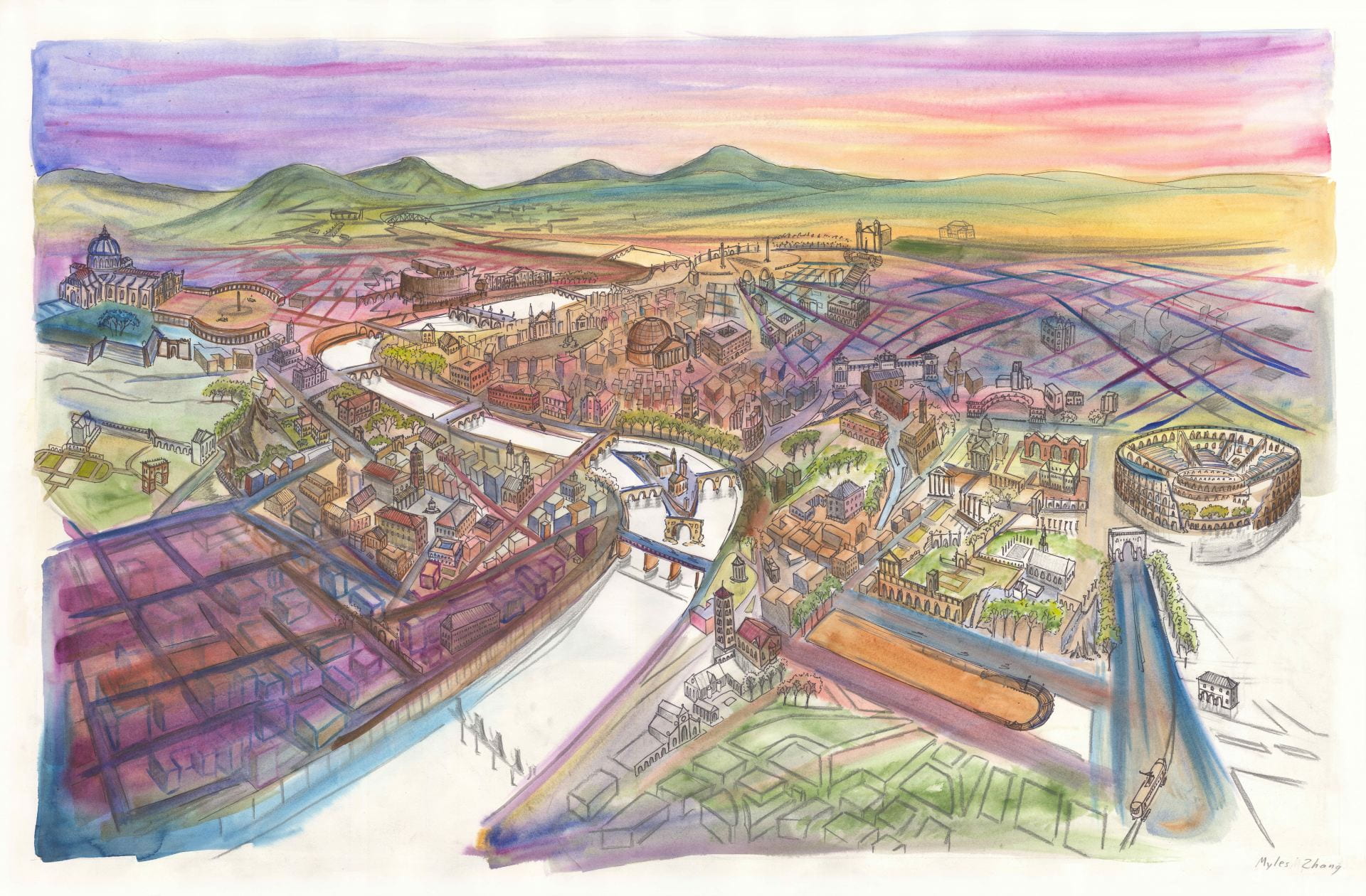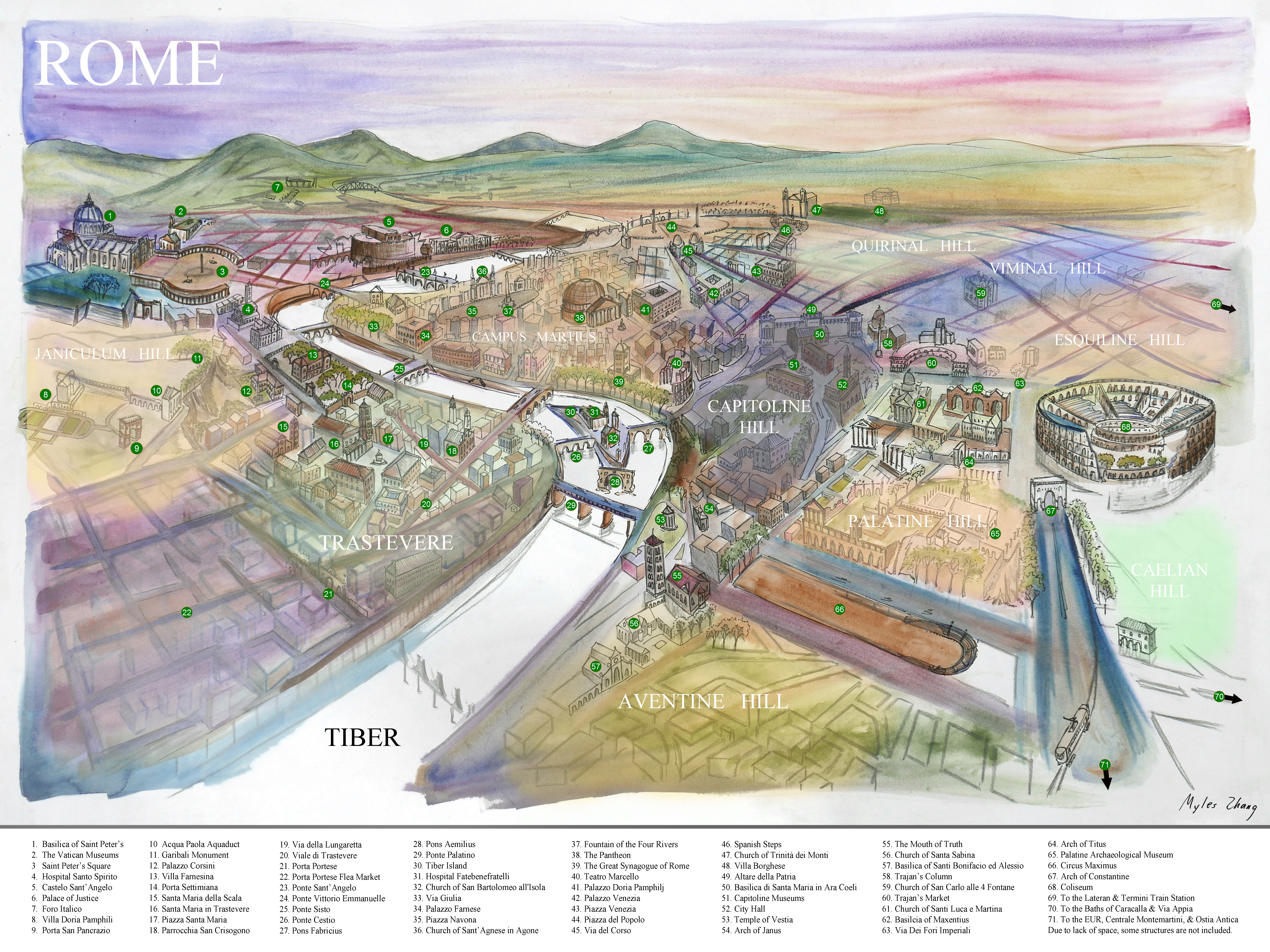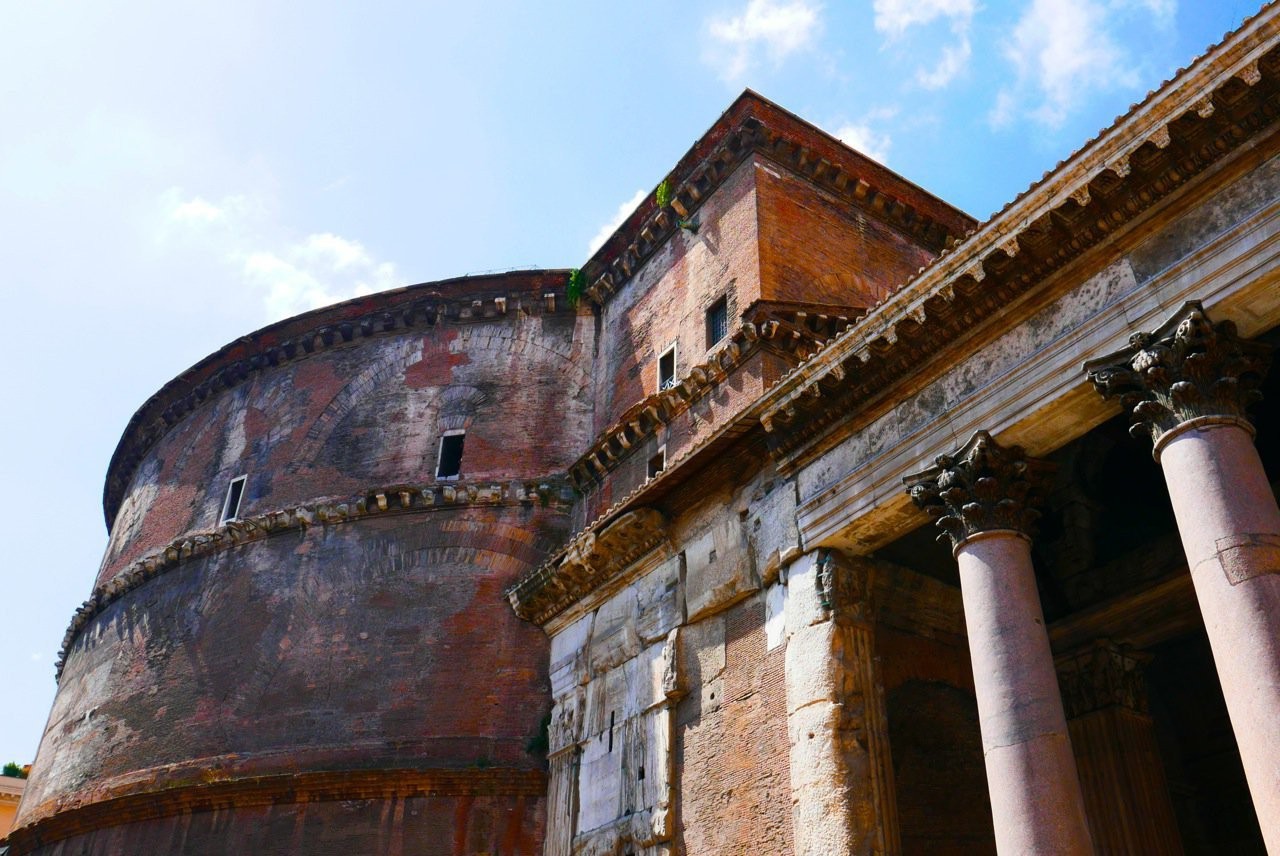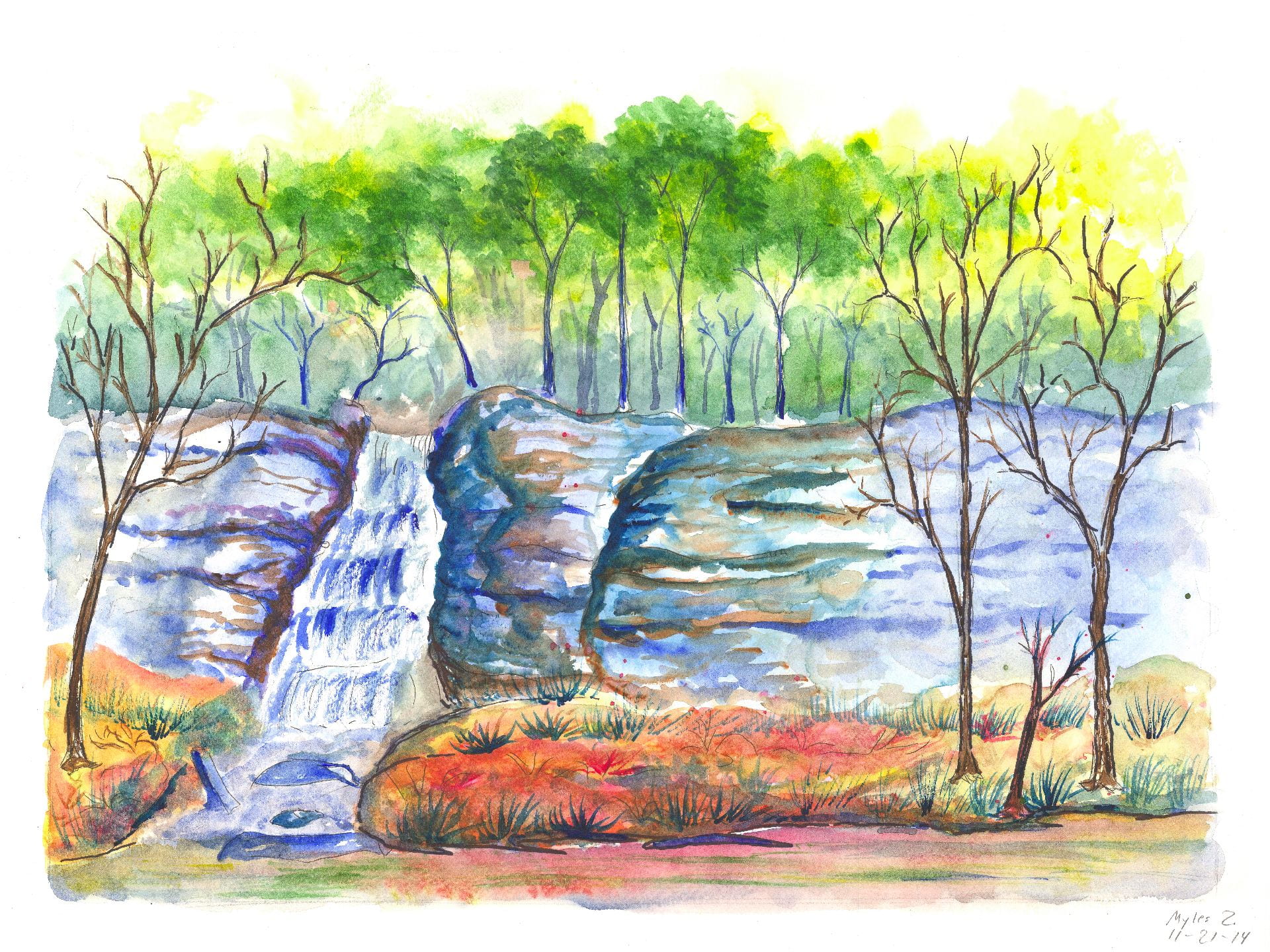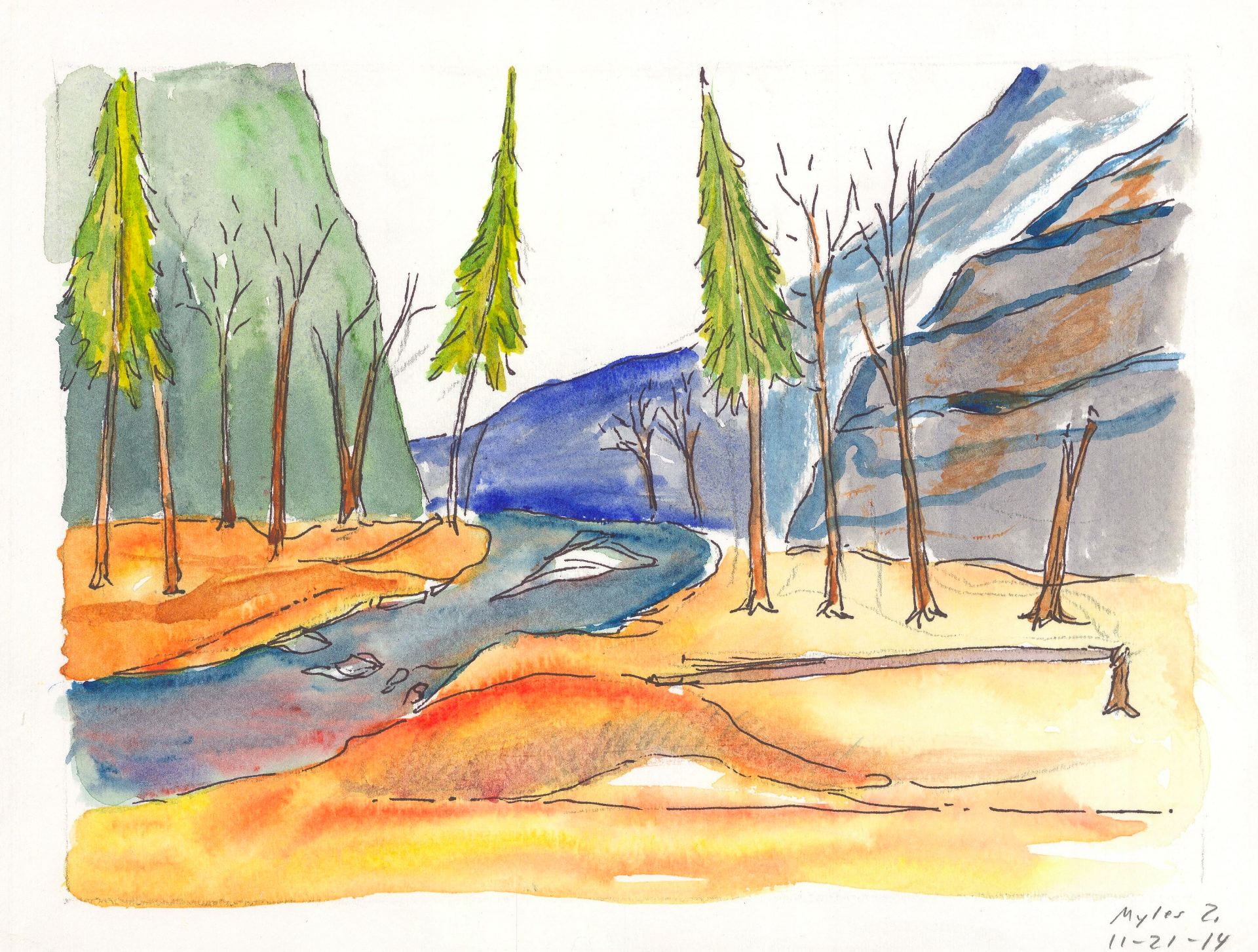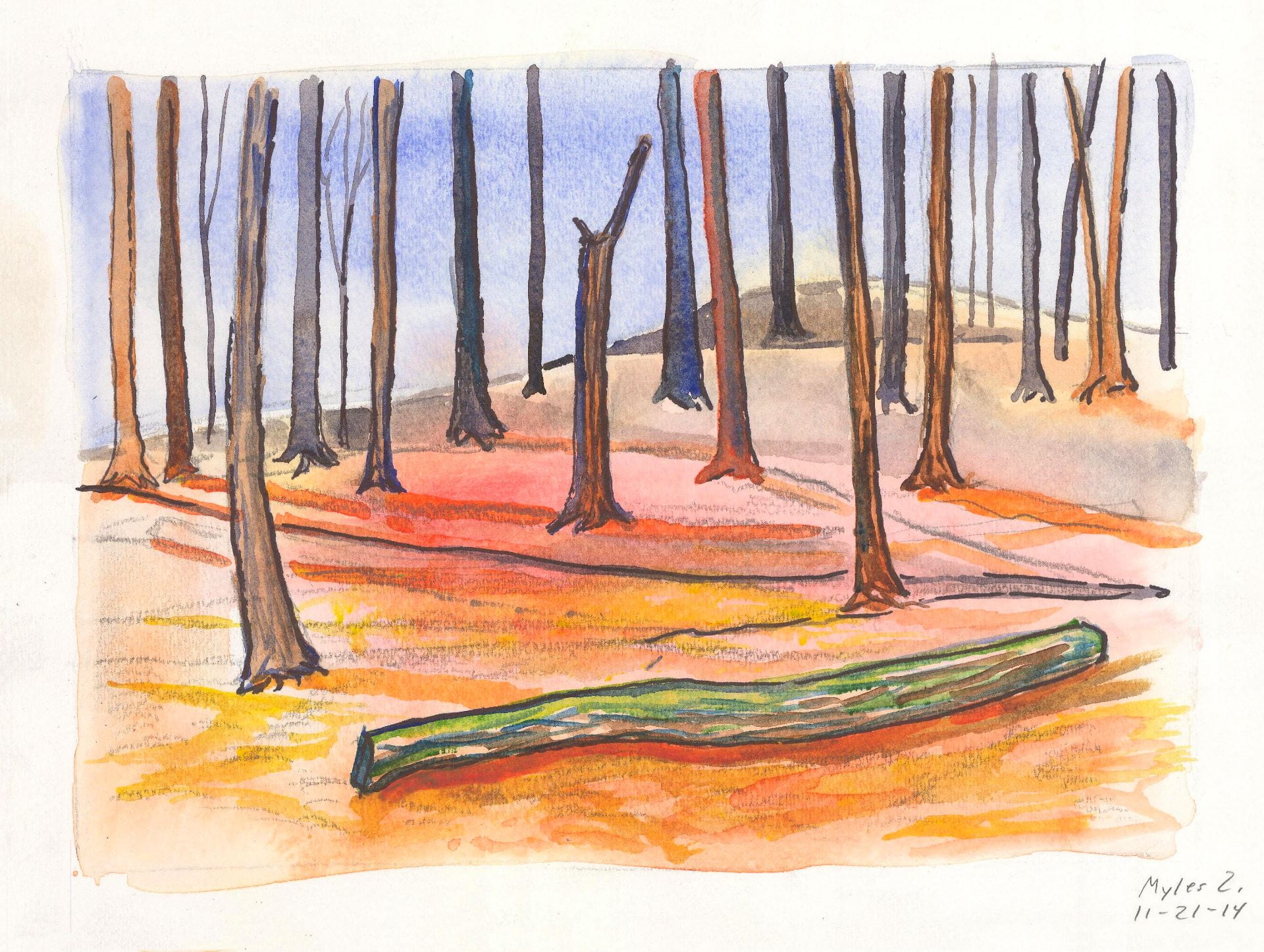.

Mother and daughter

“Loiterer”

Baker

Trash collector

Trash collector

Senior citizen in Columbus Park
.
Chinatown is both static and dynamic: Static in its resilience against gentrification, dynamic in its cultural interplay between past and present, immigrant and American.
Everywhere in Chinatown, past and present intermingle. Dusty and decrepit Jewish textile stores struggle onward; their elderly owners wait to close up shop and sell out for millions to developers. By Division Street rests a former synagogue with an AT&T outlet on one side and a Chinese-language job agency on the other. Bustling bakeries and bodegas abut reminders of past immigration. Lyricist Ira Gershwin’s birthplace is still inhabited up the street, red paint flaking off its brick walls. Weathered brick tenements, serving successive waves of Germans, Italians, and Irish, still serve elderly Asians and urban “hipsters.” Chinatown is still a living, breathing being in constant flux.
On select corners sprout feeble tendrils of gentrification: a pricey café, a garish painted crêperie, a chic souvenir shop advertising “I love Chinatown” tote bags. This neighborhood is devoid of its youth; little children and wizened elderly remain. The rest have left to work in the America beyond the dense city. Beneath the Manhattan Bridge a sign reads in Mandarin: “Chinese-American special carrier to return infants to China.” The shabby A Train rumbles in the sky.
On the neighborhood’s fringes is the touristed Tenement Museum. The museum’s cycling documentary chronicles life on the Lower East Side. Black and white imagery flickers across the screen: Italians and Irish, Germans, and Jews, the immigrant experience, dreams of coming to America. It is all too convenient to reflect on the past and to conclude: That what was New York no longer is. That its immigrant travails have now vanished. That overcrowding and grime is no more.
Much has changed. Much has not. The city awaits the next tide of tired, poor, and huddled masses.
.

Seafood restaurant displays its produce.

Religious iconography for sale next door.

Seafood restaurant displays its produce.

Henry Street

Allan and Broome Street

East Broadway window reflections

Forsyth Street fire escape

Mott and Canal Street

Eldridge and Division Street

Mulberry Street

Eldridge Street

Columbus Park

Columbus Park

Mott Street

Eldridge Street tenement

Job prospectors

Job agencies on Eldridge Street

Pamphlet man

Canal Street

Grand and Allen Street

Mott Street

Pell Street

Shoe repair beneath Manhattan Bridge

New China Barbershop

New China Barbershop

New China Barbershop

Mott Street Laundry

Broome Street Laundry

Eldridge and Broome Street trash can

Vanessa’s Dumpling House

Henry Street dumpling factory

Mott Street kitchen

Butcher on Mott Street

Paris: Vietnamese Cuisine (Colonialism leaves long tendrils.)

Multicultural grocery

Mott Street grocery

Mott Street grocery

Bayard Street bodega

Seafood on Mott Street

Seafood on Mott Street

Advertised as “Field Chicken,” these frogs are sold for $5.19 each.

God Bless America

Church of the Transfiguration

Broome Street temple

“All-purpose Flower Shop and Funeral Services”

“Prosperity” jewelry made of metal thinly coated in low-karat gold.

A neighborhood in need of serendipity

The “serendipitous” ones

Mulberry Street fortune teller (center)

Doyers and Pell Street

People Watching on Broome Street

Eldridge and Broome Street

Broome Street

Chinese New Year’s shoppers

Martial Art Gifts Shop

Mondrian in Chinatown

Bayard Street

Origami artist

Greengrocer on Canal Street

Old age in Columbus Park, Chinatown

Musician in Columbus Park, Chinatown

Cardplayers in Chinatown

Henry and Market Street

Storefronts near Eldridge Street Synagogue

Kenmare Street

Eldridge and Division Street

Canal and Mott Street

Bayard and Mulberry Street grocery

Eldridge Street Synagogue

Forsyth and Delancey street grocery

Mosco Alley and Mulberry Street

Doyers Street – Barbershop Row
.
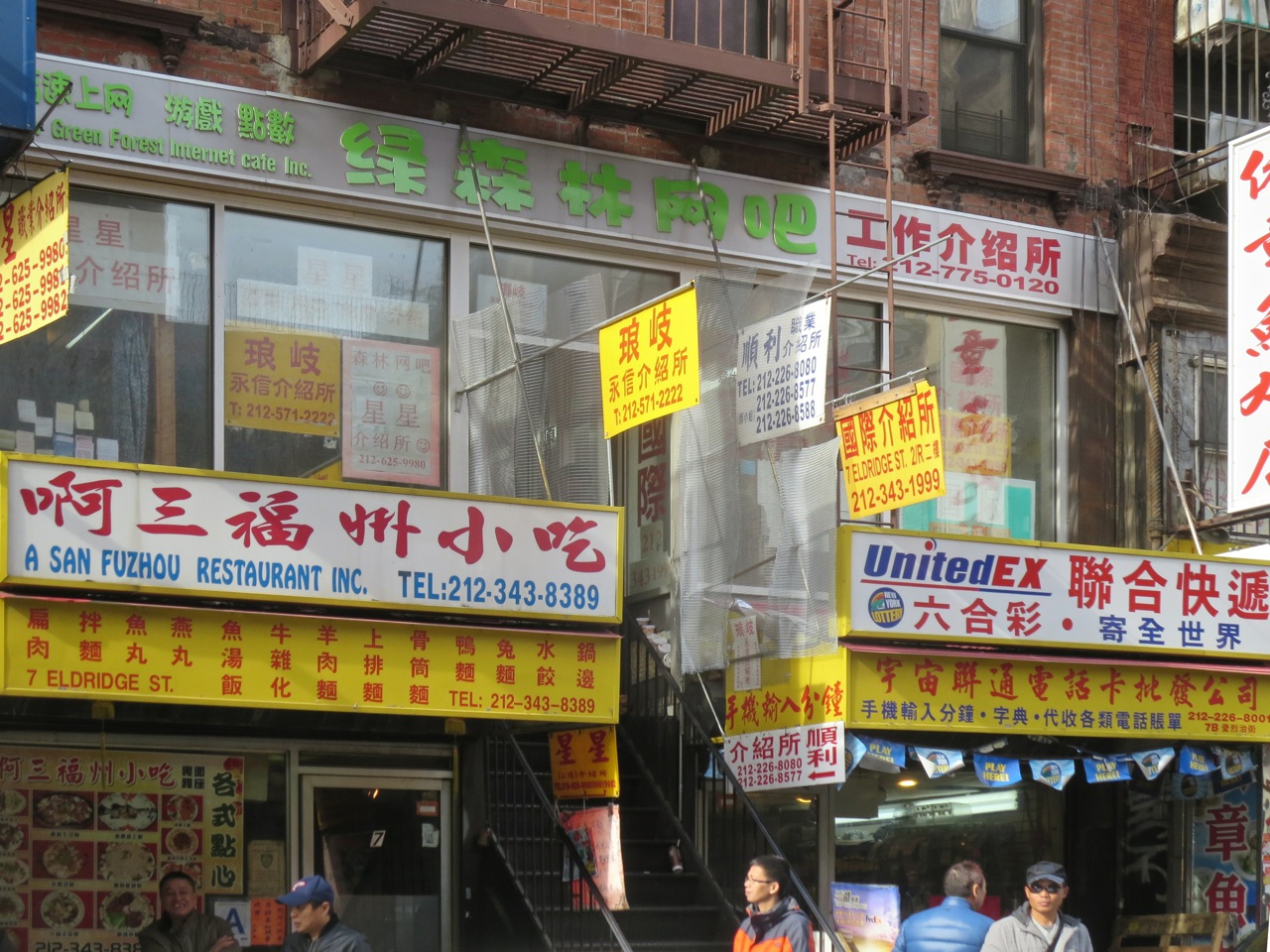
.
This high-density tenement on Eldridge Street is home to a myriad of businesses including:
– Third Brother’s Fuzhou Snack Bar
– Green Forest Internet Bar
– United Express and Lottery Tickets
– Universal Phone Cards
– Everything OK Job Agency
– International Job Agency
– Twinkling Star Job Agency
.
These frogs, marketed as seafood and known as “Field Chicken,” are sold for $5.19 each.
.
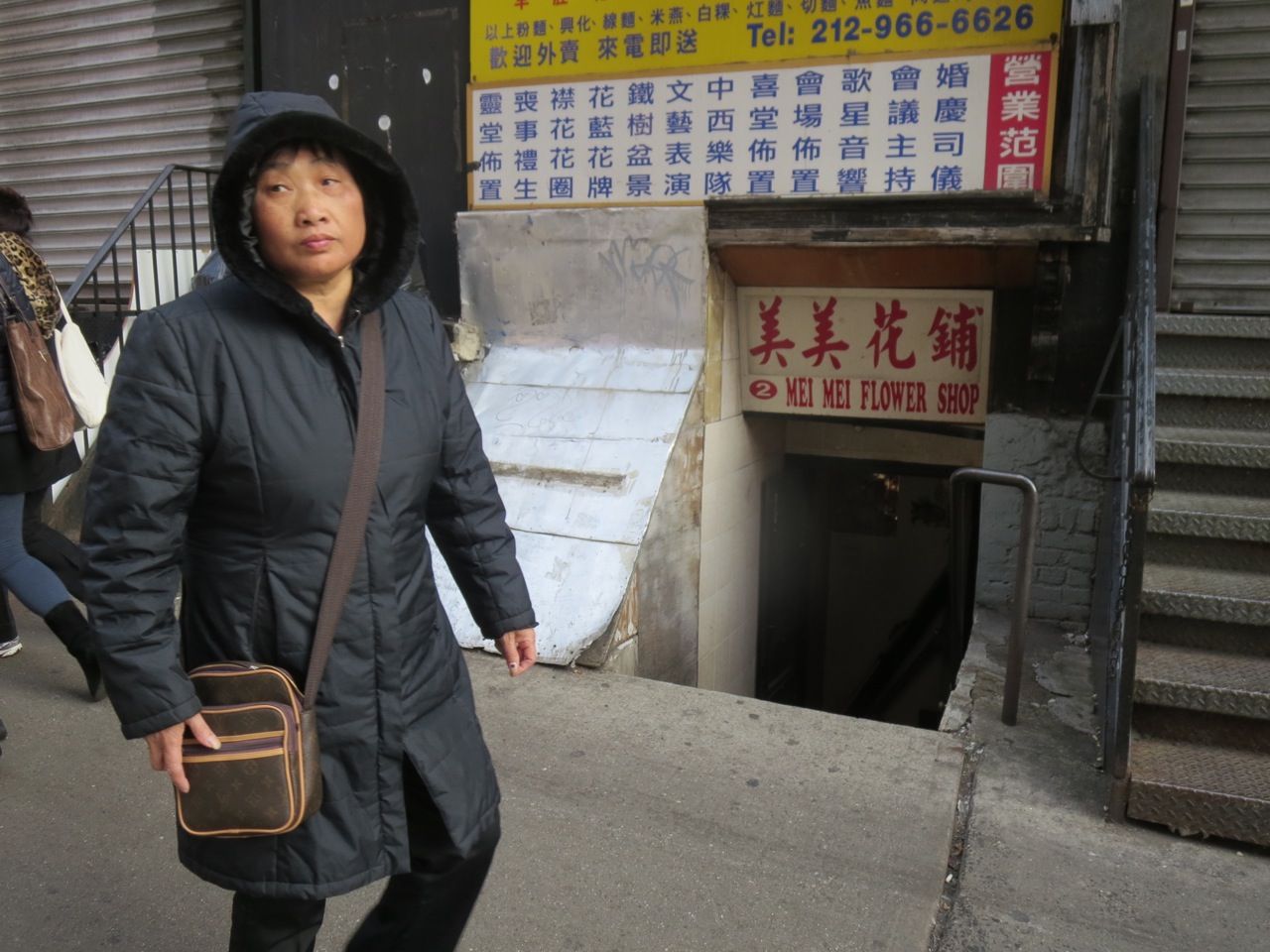
.
This all purpose establishment advertises the following services:
– Weddings
– Conferences
– Concerts
– Gatherings
– Ceremonies
– Western Chinese Music
– Performing Arts
– Potted Plants
– Floral Arrangements
– Funerary Flowers
– Funerals and Birthdays
.







